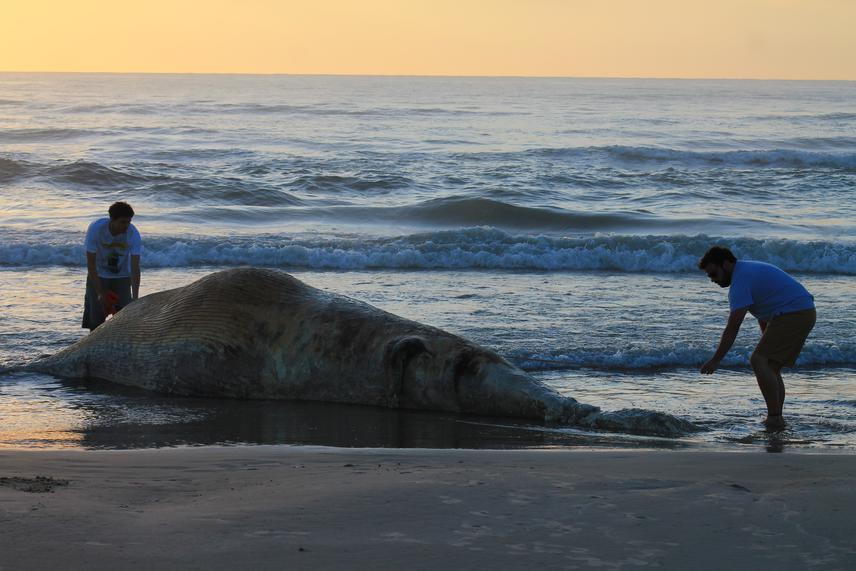Lucas Milmann de Carvalho
Our main goals are to elucidate aspects related with population structure, habitat use and stable isotopic niche overlap of three different whale species in the Southwestern Atlantic Ocean and correlate results to conservation purposes. The specific objectives are:
- To identify Balaenoptera whales from the historical database of strandings in Brazil and, if possible, other locations in the Western South Atlantic, confirming classification at the specific level through genetic analysis;
- To genetically characterize the populations of the genus Balaenoptera from strandings in Rio Grande do Sul and other localities of the Western South Atlantic, aiming to contribute to the definition of the population structure of three species;
- To obtain knowledge on the partition of resources and spatial distribution of B. acutorostrata, B. bonaerensis and B. brydei, from the analysis of stable isotopes of individuals from different localities of Brazil and the Western South Atlantic; -

Baleen whales (Balaenopteridae Family) were commercially exploited and today some species undergo a process of population recovery. Inferences regarding the ecology of several species of the group in South America are based on limited numbers of field observations, hunting data and stranded individuals. Even for the most abundant species, information is lacking for access to their conservation status, such as the Antarctic whale (Balaenoptera bonaerensis), minke whale (B. acutorostrata) and Bryde’s whale (B. brydei), which are data deficient (DD) in Brazil. A better understanding of habitat use and population structure requires sophisticated tools, a significant number of individuals sampled and a review of fragmented information.
In this sense, the present study intends to reveal ecological aspects related to three species of this family: B. acutorostrata, B. bonaerensis and B. brydei. Different methods will be applied, such as the review of strandings and sightings of species in the Western South Atlantic for verification of distribution patterns, the genetic characterization of individuals stranded over a period of 25 years in Rio Grande do Sul state and others in the South Atlantic to verify possible population structure and, finally, the individuals will have the skeleton used for the analysis of stable isotopes, seeking the verification of both spatial distribution patterns and the interspecific and intraspecific isotopic niche overlap. From the combination of different tools and with a significant number of individuals from different localities, it is expected to subsidize information related to distribution, trophic ecology and stock structure of these three species in the Western South Atlantic.